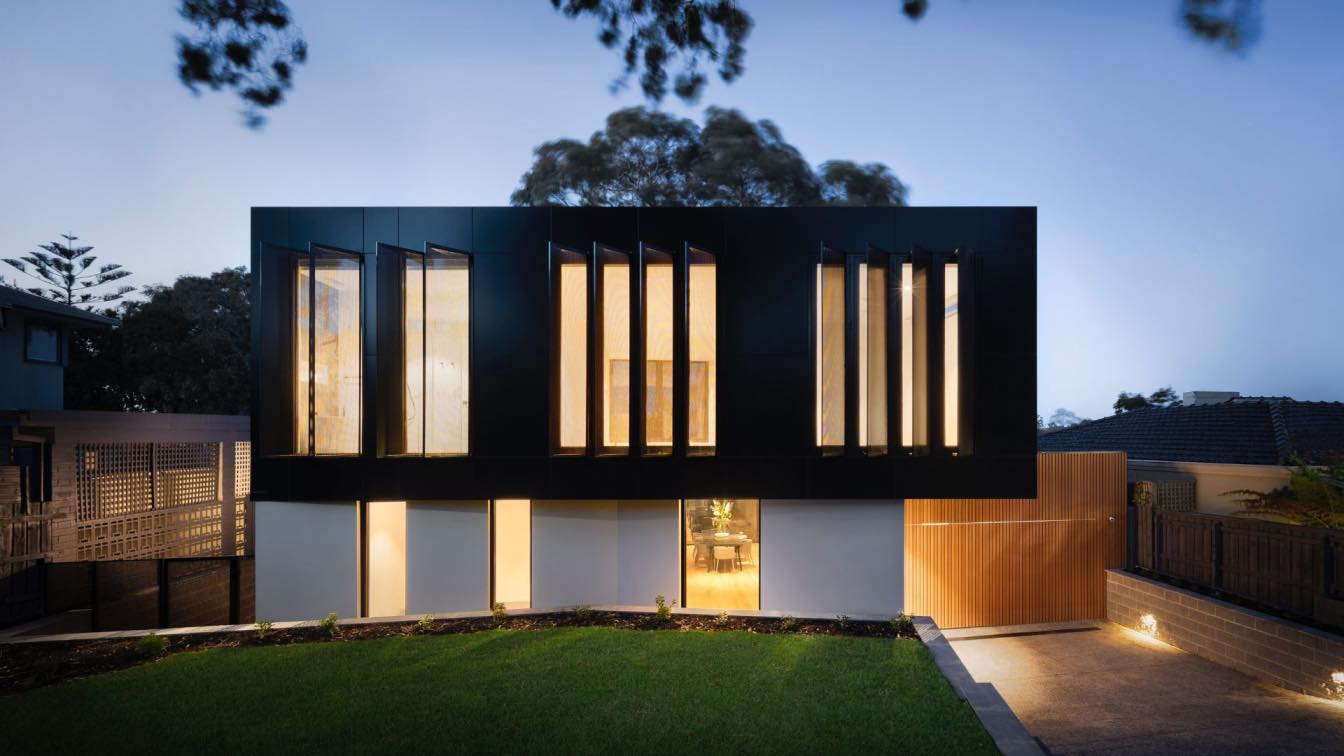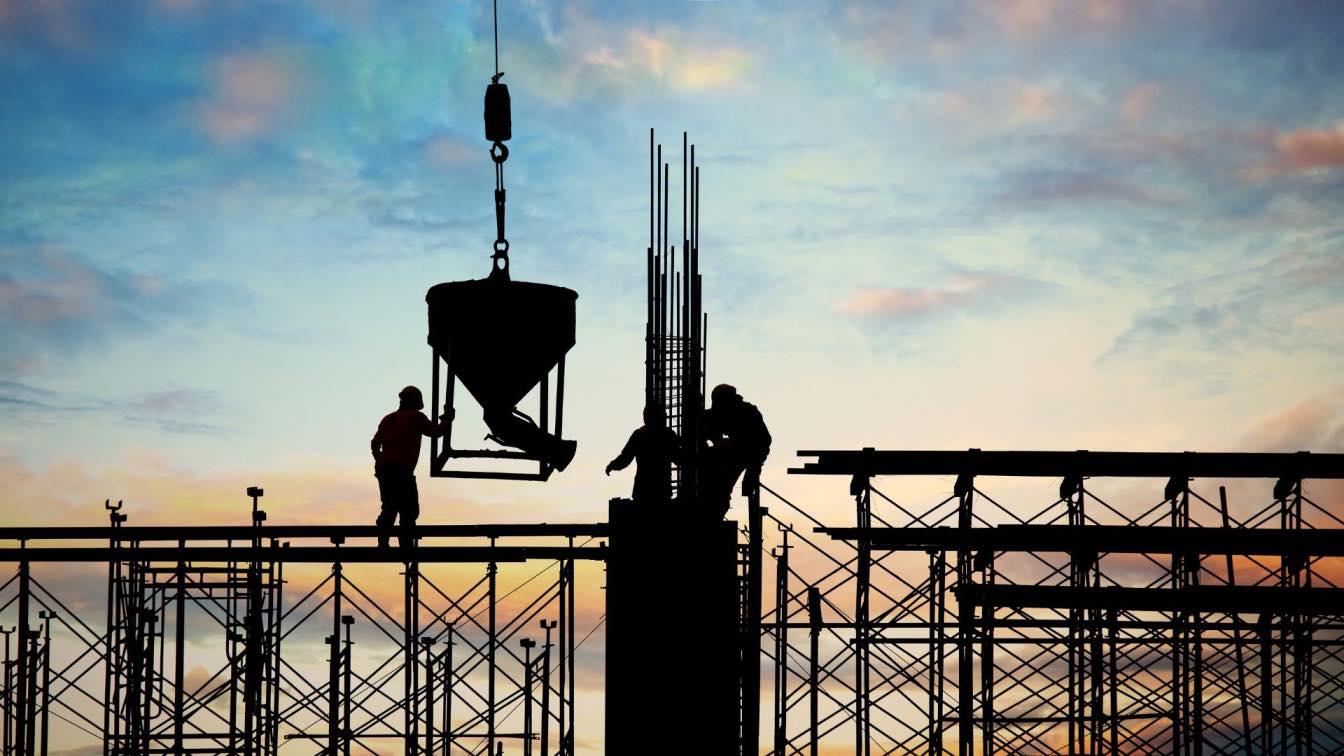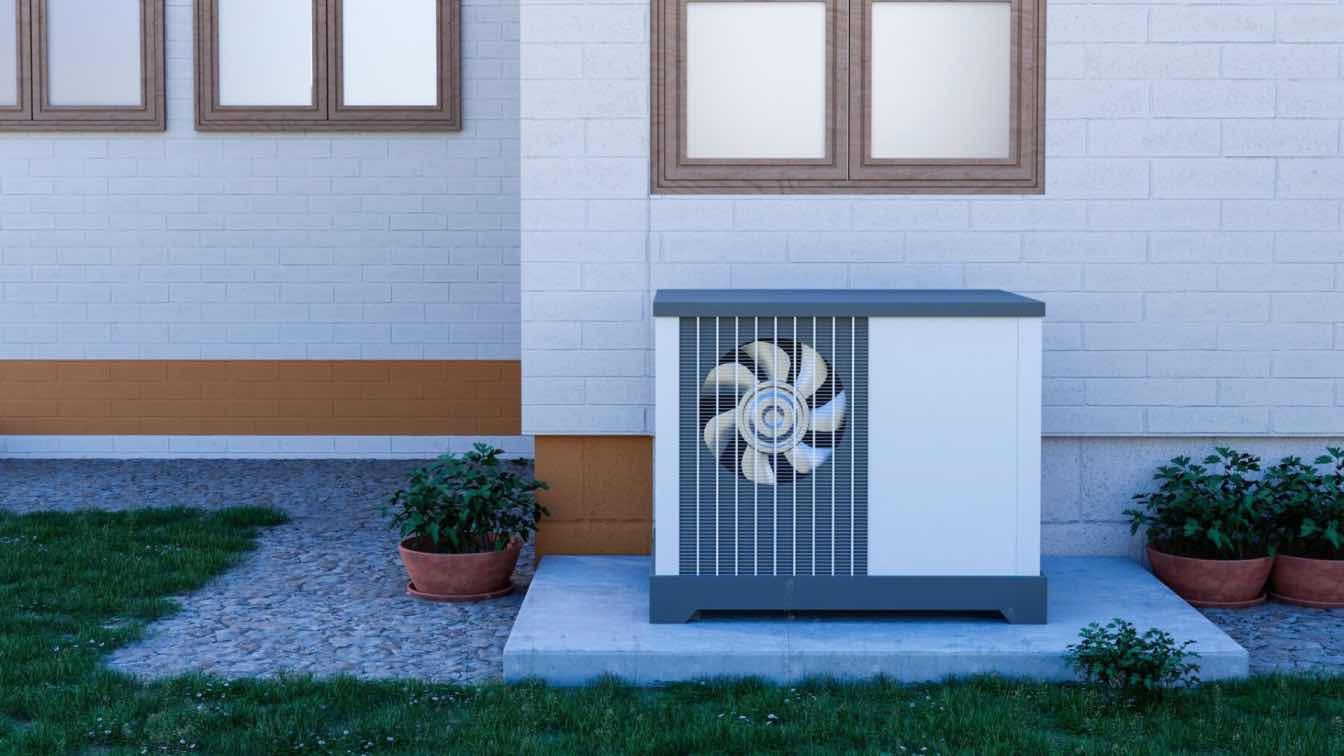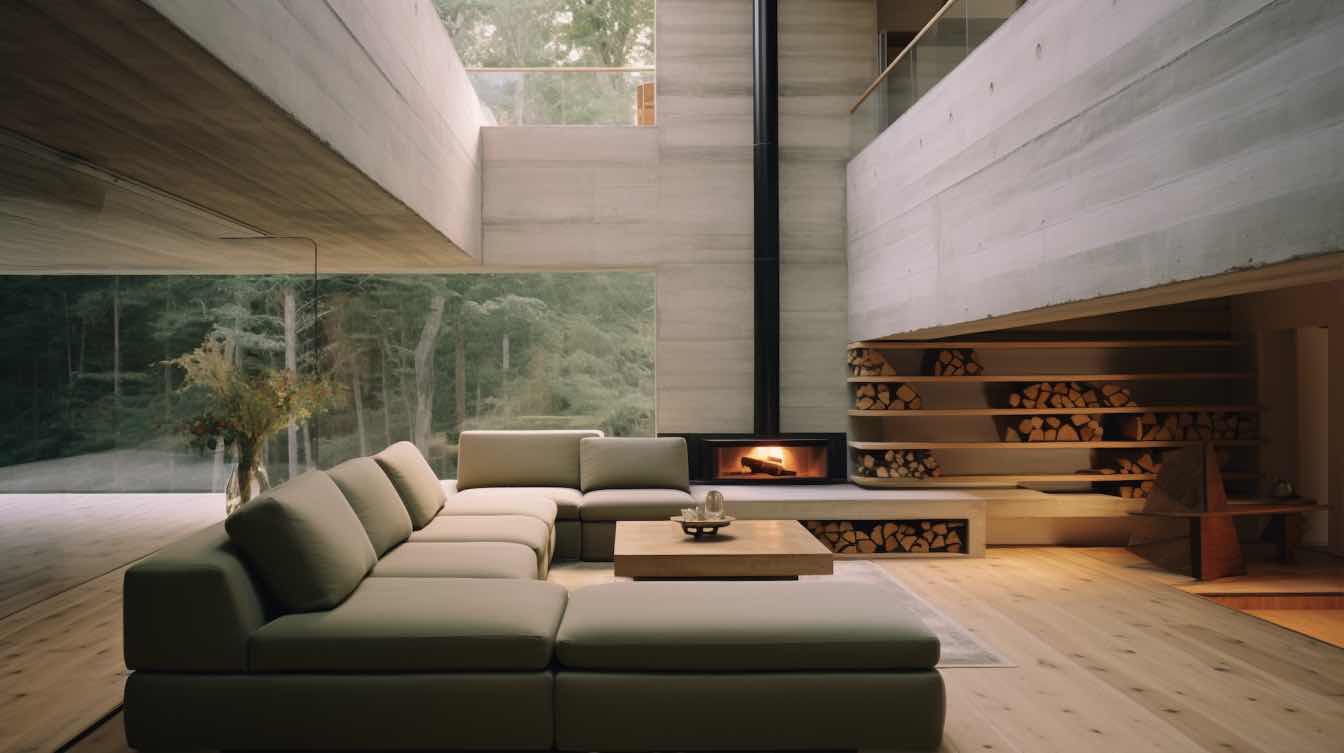The homebuying process requires a lot of attention to detail. Touring a home is exciting, but you’re probably worried about what’s underneath the beautiful paint job and high-end finishes. Is the structure secure? Was the house built with high-quality materials and qualified contractors? What’s the home’s history really like? If you want to see the truth behind the homes you’re looking at, you’re going to want to dig a little deeper during your home tour and inspection. You may even be able to spot some architectural red flags immediately, but you’ll need to know what they are.
Uneven Floors
Have you ever wondered why some people bring a marble or ball to home viewings? It can be difficult to tell by eye alone when a floor or foundation is uneven or sloping, but a round object will likely roll on unsteady ground. Uneven floors can indicate structural or settling issues that need addressing. If the home is new, it could indicate faulty construction practices. For uneven flooring, you may need to replace or add more joists, which can be expensive. Alternatively, for concrete garages, driveways, or patios, you can get away with simple concrete lifting, which can cost a lot less than repaving. I found concrete lifting near me for a garage at great rates. Pay attention to awkward floor levels; they could be more trouble than the home is worth.
Major Kitchen and Dining Separation
If you prefer separate kitchen and dining spaces, you’re not alone, despite the popularity of open-concept floor plans lately. However, you want to make sure the layout is still practical. If the dining area is all the way across the house from the kitchen, you can add inconvenience and food mess throughout the home to your list of concerns. Confusing layouts like these could indicate bigger design issues down the road as well.
No Guest Bathroom
Older homes typically only have one bathroom, and that works for many needs. You can always add another bathroom later if desired. However, if the one bathroom is accessible only through one of the bedrooms, that could be a major design flaw. Imagine hosting guests, like friends or in-laws, only to have them showering or using the bathroom when you’re trying to sleep. If you have kids, say goodbye to your bedroom privacy when they need to use the bathroom frequently. If you’re looking at one-bath homes, make sure everyone can access it easily.
Major Wall or Ceiling Cracks
Cracks in the home are common; tiny hairline cracks shouldn’t send you running out the door just yet. However, if you notice much larger cracks, particularly ones that look like a staircase, you’ll want to pay attention. Large cracks in the structure could be a sign of water damage or settling problems. Get the home inspected, particularly the foundation and framing.
Narrow Doorways and Low Ceilings
You will want to pay attention if you hit your head on the ceiling or can hardly get through a door. Newer homes with these features may be a result of poor craftsmanship. If these issues are only prominent in some rooms, it could be due to an unpermitted renovation or addition that could be unsafe or inaccessible. Narrow doorways can be a major issue when getting wheelchairs or furniture through them. Even if you don’t need wheelchair accessibility now, you may later.
Lack of Windows
Natural light is a great way to open up a room and connect you to the outdoors. A home with inadequate windows will feel cramped and unbalanced. Oddly placed windows could indicate a lackluster architectural plan or a homeowner who renovated without expertise. A lack of windows, including poorly installed ones, can lead to energy inefficiency, raising your energy bills and using up precious resources.
Unpermitted or DIY Additions
Many homeowners prefer to save money by renovating or adding home additions themselves. While this can be done safely, some homeowners will cut corners by skipping permits and safety regulations. Skipping permits may not seem like a major deal, but it can result in unsafe structures that don’t look good. Check for mismatched or unaligned siding, roofing, or floors. As previously mentioned, mismatched floor heights or doorway sizes can indicate hasty DIY renovations as well. Trimlines or other features may not match the rest of the house, and are obvious ways to point out additions. If the home you’re looking at has an addition like this, make sure it’s thoroughly inspected; you may want to give it a pass.
Unsupported Overhang
If the home has a balcony, bay window, or other structure requiring support, check for it. Many hasty additions or poor construction jobs have unstable architecture. A lack of support can cause sagging in the floors and major cracks in the overhang. Take a peek underneath a balcony or porch. Is the structure supported, or is it seemingly suspended over thin air?
Poor Wiring or Plumbing Placement
While wiring and plumbing aren’t technically architectural flaws, their placement can lead to awkward uses of rooms and floor plans. If outlets or light switches are inaccessible or awkwardly placed, you may not be able to use the structure well. Bathrooms should have some type of exhaust to draw out moisture. Air vents should be able to provide air; if furniture or the structure itself blocks them, the mechanical elements were poorly designed. Plumbing features should be accessible and easily switched on and off when necessary.
Skewed Roofing
A home’s roof can tell you a lot about its architectural planning or construction methods. Roofing should line up cleanly and consistently. An inspector can help you identify roofing issues, but you should be able to tell if a roof has mismatching peaks, slopes, or shingles. Poor roofing quality can cause major water damage if not remedied. Roofing can be expensive, and if the entire roof needs replacement, it could cost tens of thousands of dollars.
Conclusion
To set your new home up for success, you will want to make sure the structure, support, and foundation are solid. Uneven floors and ceilings, narrow entryways, and large cracks can indicate an issue with the home’s structure. Not only are major issues a lot of money to fix, but they can also cause safety hazards for you and your family. Make sure you get a thorough inspection; it’s worth the money and headache by a long shot.





